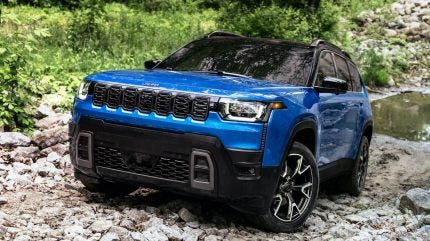
Stellantis future models 2025-2035: Part 2
Fiat, Jeep, Lancia, Leapmotor and Maserati are the next brands to be examined in this three-part series.

Fiat, Jeep, Lancia, Leapmotor and Maserati are the next brands to be examined in this three-part series.
